The Breguet Classique Chronométrie 7727
Impressive innovation, the understated way.
Innovation is often presented in a highly demonstrative way. An excess of pride, some would argue. More often than we’d like, innovative solutions in watchmaking are launched in concept-like pieces, where the inventiveness of the mechanics is echoed by a bold, avant-gardist design. A definition that doesn’t really match what Breguet stands for. Innovation at Breguet has existed for more than 200 years, but there are rules that shouldn’t be broken, traditions that need to be respected. And this combination of watchmaking talent with the classicism of the design is exactly why we love the Breguet Classique Chronométrie 7727 – a watch that is, for both Frank and me, the best example of what Breguet is capable of, a watch that deserves far more attention than it gets, a watch we reviewed in the past, but we wanted to highlight again, with the video review above.
The Classique Chronométrie 7727 is, at first glance, pure Breguet: a fluted case, a refined guilloché dial, a display composed of multiple off-centred indications, blue hands with eccentric-moon tips and a beautifully executed movement. Looking at this piece without knowing what hides in its calibre, and removing from the equation the mention of its frequency on the dial, you could imagine that this is just another Classique model with some complications. And as good as this could be, you’ll simply miss the entire idea behind this masterpiece. The 7727 is a demonstration of the innovative spirit that has animated and animates the brand since the late 18th century, a watch that hides its technological advances behind an ultra-traditional look. Is it too shy, too demure? I’d argue that it’s the best of both worlds.
So what hides behind this refined hand-guilloché dial with no fewer than six patterns? What’s the real deal with the 7727? Part of the answer is printed on the dial: the 10Hz frequency. But that’s just the tip of the iceberg. There’s more than just a (very) high frequency inside this watch. There’s the way to achieve it. As indicated by its name, this watch is an ode to the fine art of chronométrie, a focus on accuracy and precision. While most watches have a 4Hz frequency – known as the best compromise between stress and accuracy – and some watches run at a 5Hz frequency, which causes more stress on the parts, the Breguet features a 10Hz regulating organ beating at 72,000 vibrations per hour. It is known that the faster the balance and escapement beat, the better the accuracy. In essence, it has a better capacity to compensate for its own errors. But reliability and extreme frequency are almost incompatible.
This is why Breguet, in order to achieve this higher frequency, had to find a solution to avoid friction and stress on the parts (the pallets of the fork, the shaft, the pinions, the escape wheel…) Part of the answer lies in an innovative material named silicon. Mostly known for its anti-magnetic properties, it can also be produced with superior precision, it is lighter than most metals, it is self-lubricating and eliminates the need for oils – which, in this case of high frequency, has its importance.
But the real innovation in the Classique Chronométrie 7727 is something that you’d usually try to avoid as much as possible in a watch: magnetism, a.k.a the watch’s worst enemy. But, once Breguet managed to counteract the negative effects of magnetism, it decided to use its qualities and to use it as an ally to enhance the performance of its watch. The Breguet Classique Chronométrie 7727 features “magnetic pivots”. In a traditional watch, the balance wheel is held in place by a vertical axis known as the “balance staff”. It is positioned between two lubricated jewels named endstones (most of the time with a shock absorber) to reduce friction. The mechanical contact at this point generates a great deal of friction. The genius of this Breguet lies in two micro-magnets (one on each side of the balance staff) to stabilise the balance wheel and hold it in place. As such, the regulating organ is suspended by magnetic gravity.
This means that the crucial parts of the regulating organ – balance, shaft and hairspring – are also free of mechanical connection… almost, as one of the two magnets (the one on top) is slightly stronger than the other, meaning that both parts touch. But this means that friction is dramatically reduced, allowing the regulating organ to oscillate almost freely, improving the efficiency by reducing the energy consumption. In addition to that, these magnets act as shock absorbers. When a shock occurs, the balance will be automatically re-centred by the magnetic fields. And that allows Breguet to make this watch a super high-frequency piece, without having to deal with the issues usually found in these movements. And that is why this watch won the Aiguille d’Or at GPHG in 2014.
Finally, there’s the watch itself… This superb, complex yet classic Breguet style with a fluted case, welded lugs and a refined dial with multiple guilloché patterns. But that’s something you’ll discover in the video. Enjoy watching this review.
More details about this Breguet Classique Chronométrie 7727 at breguet.com and in our review here.

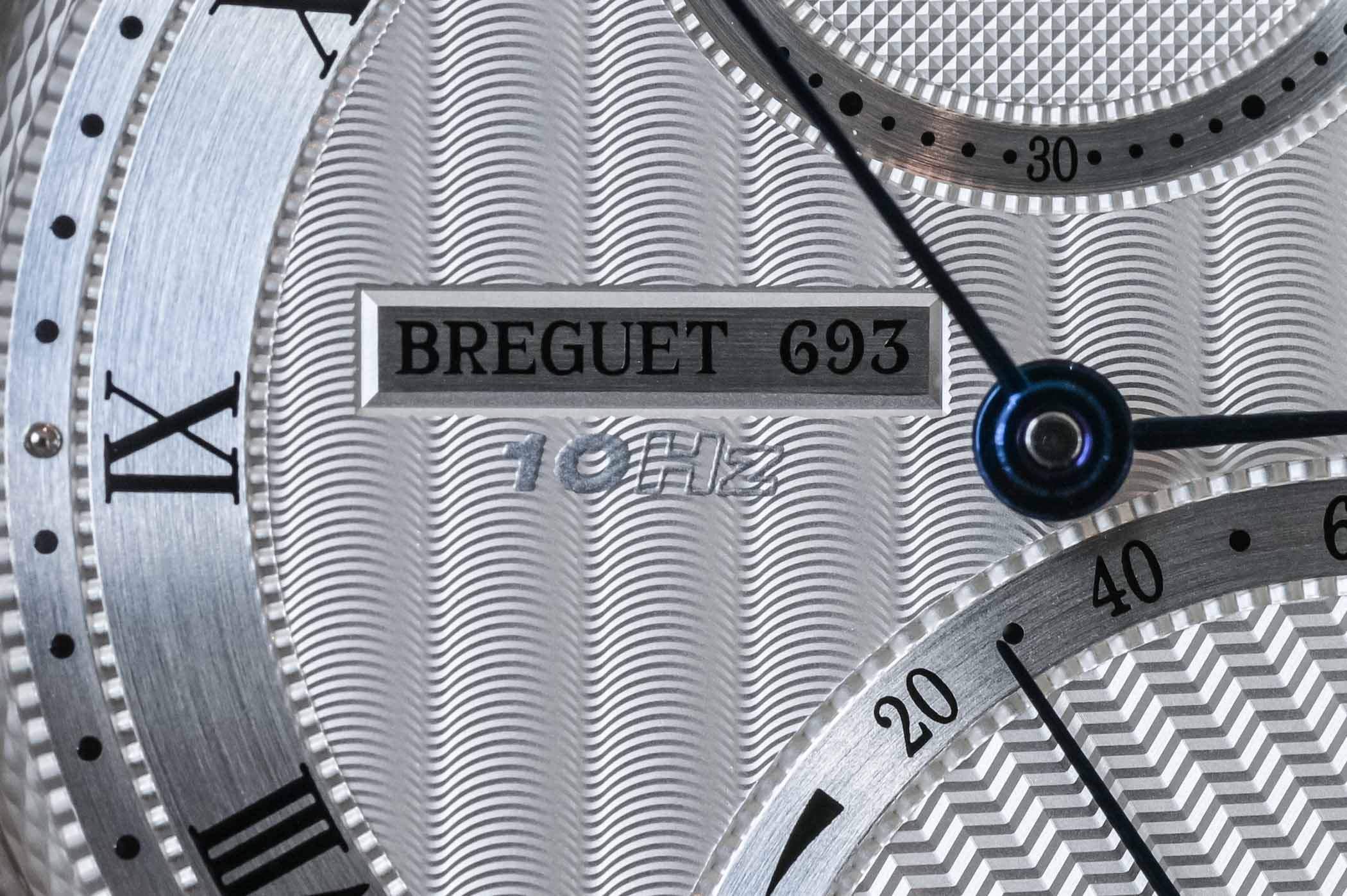
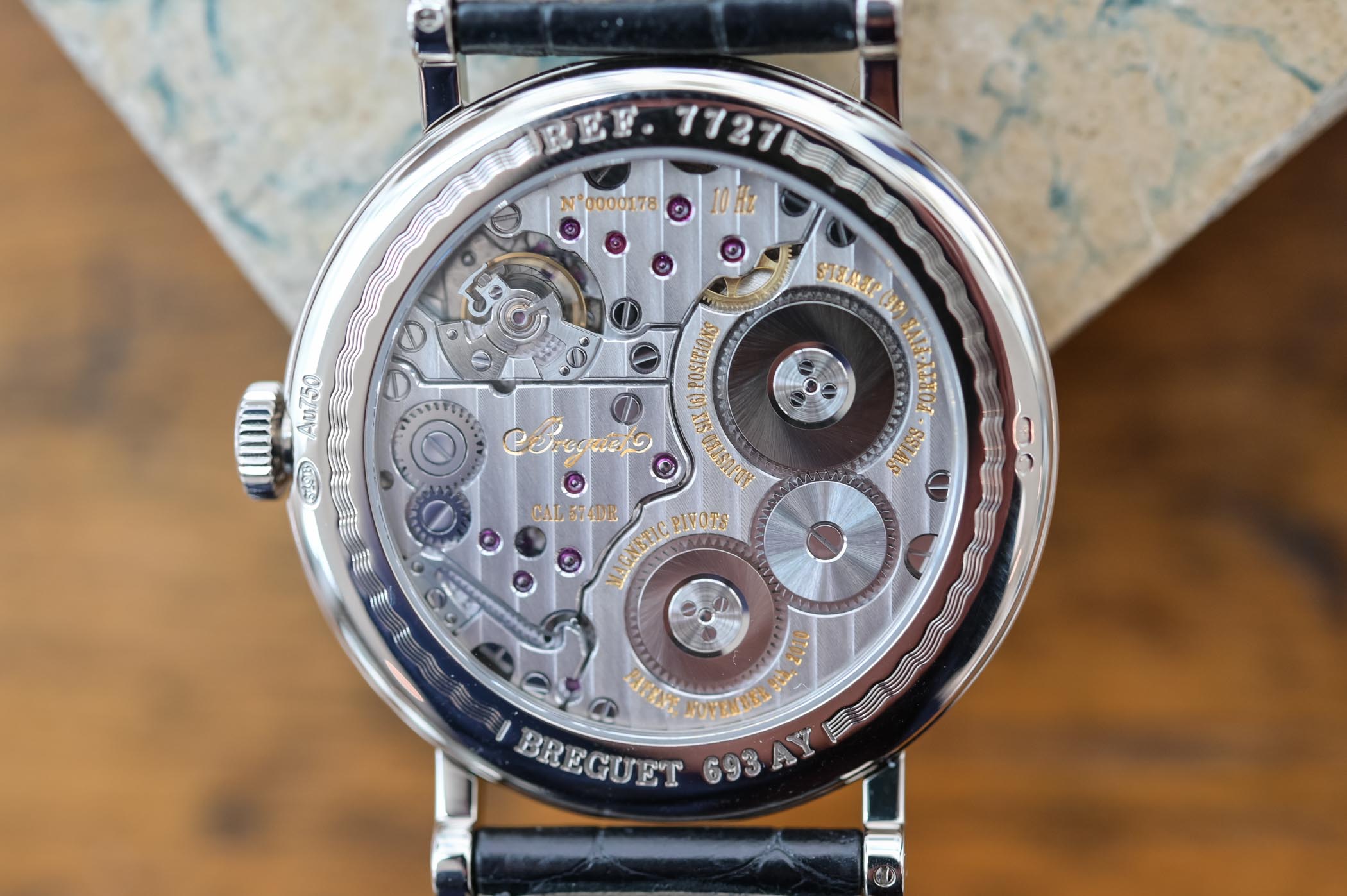
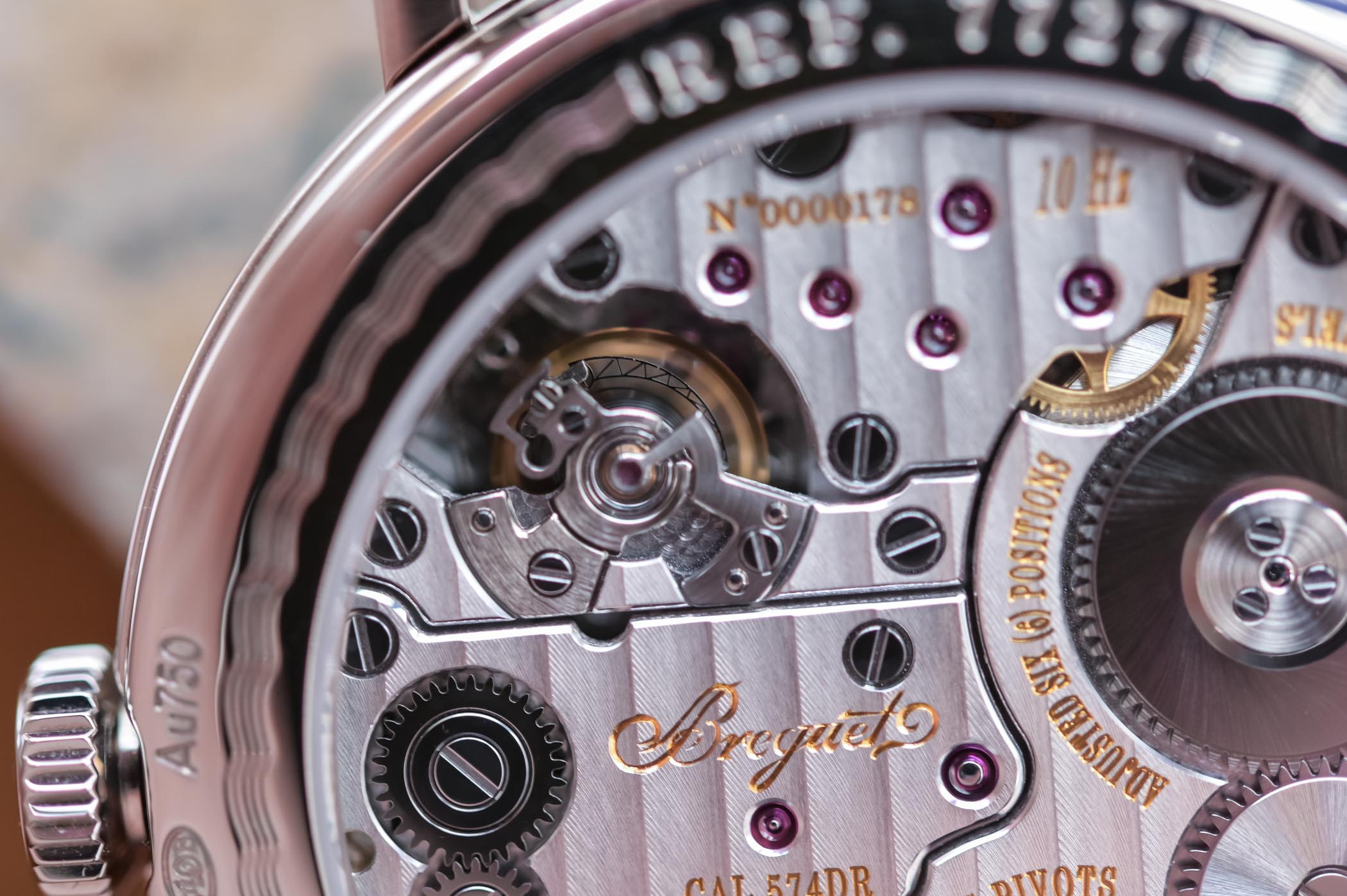

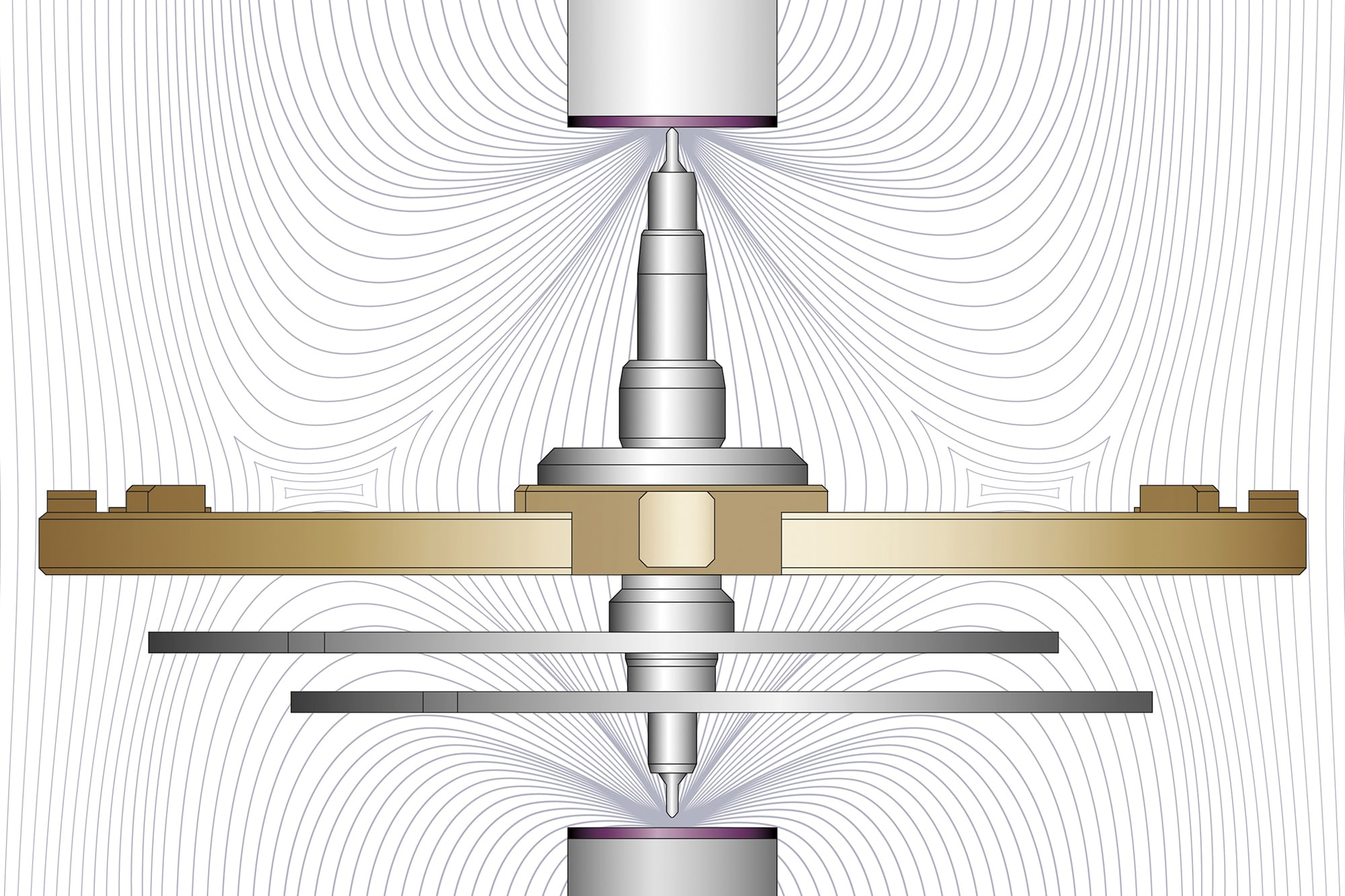
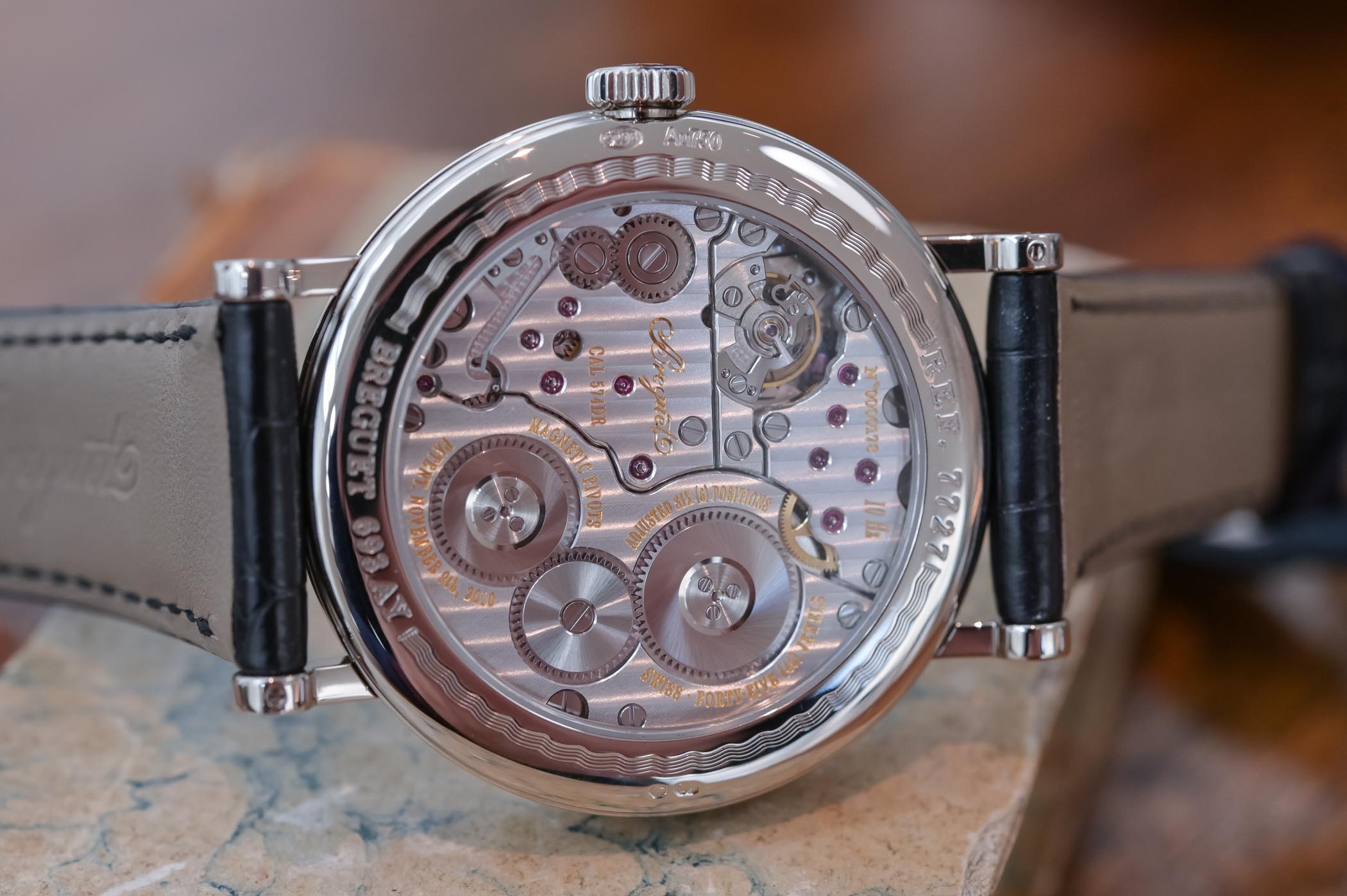
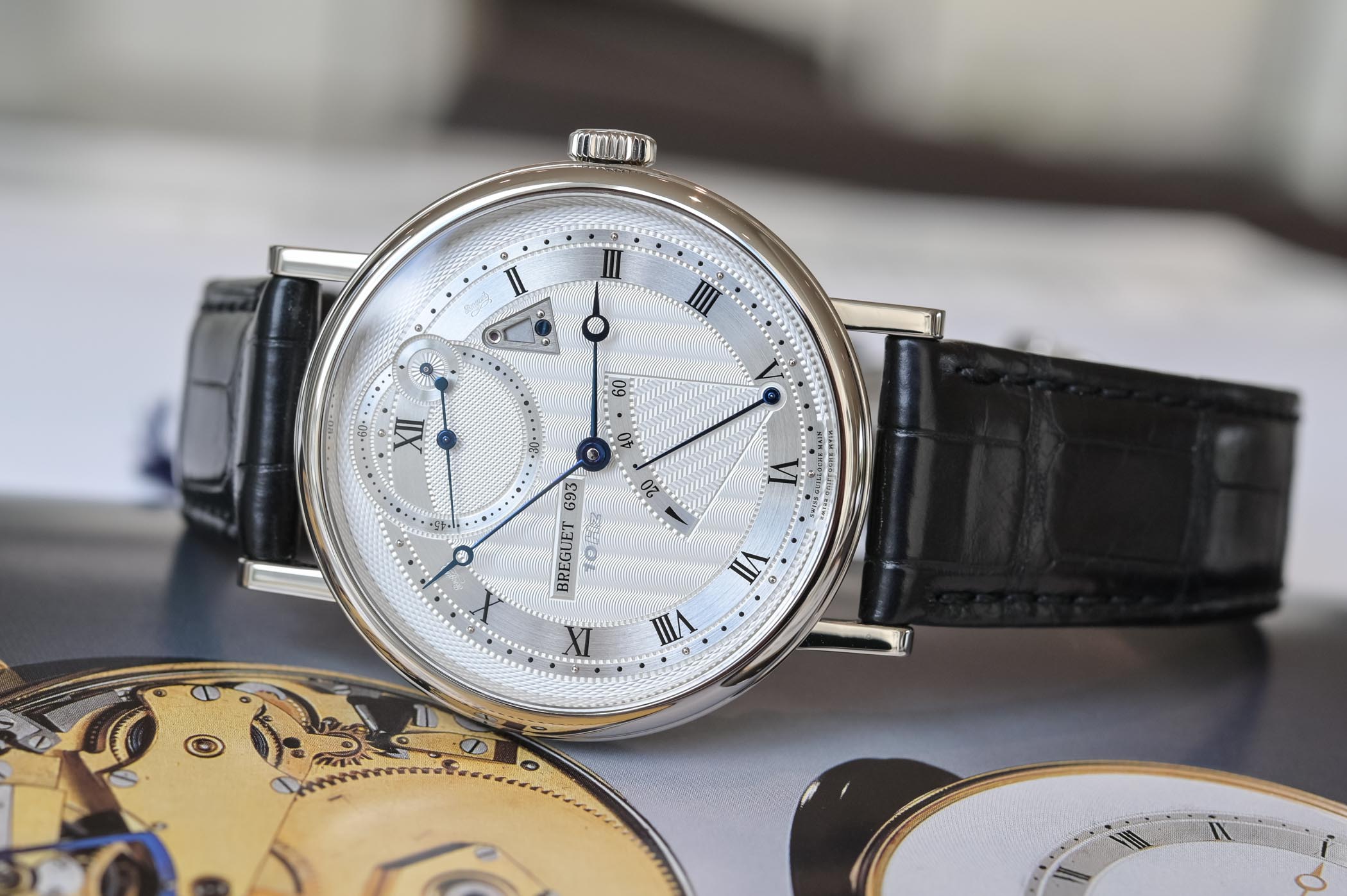
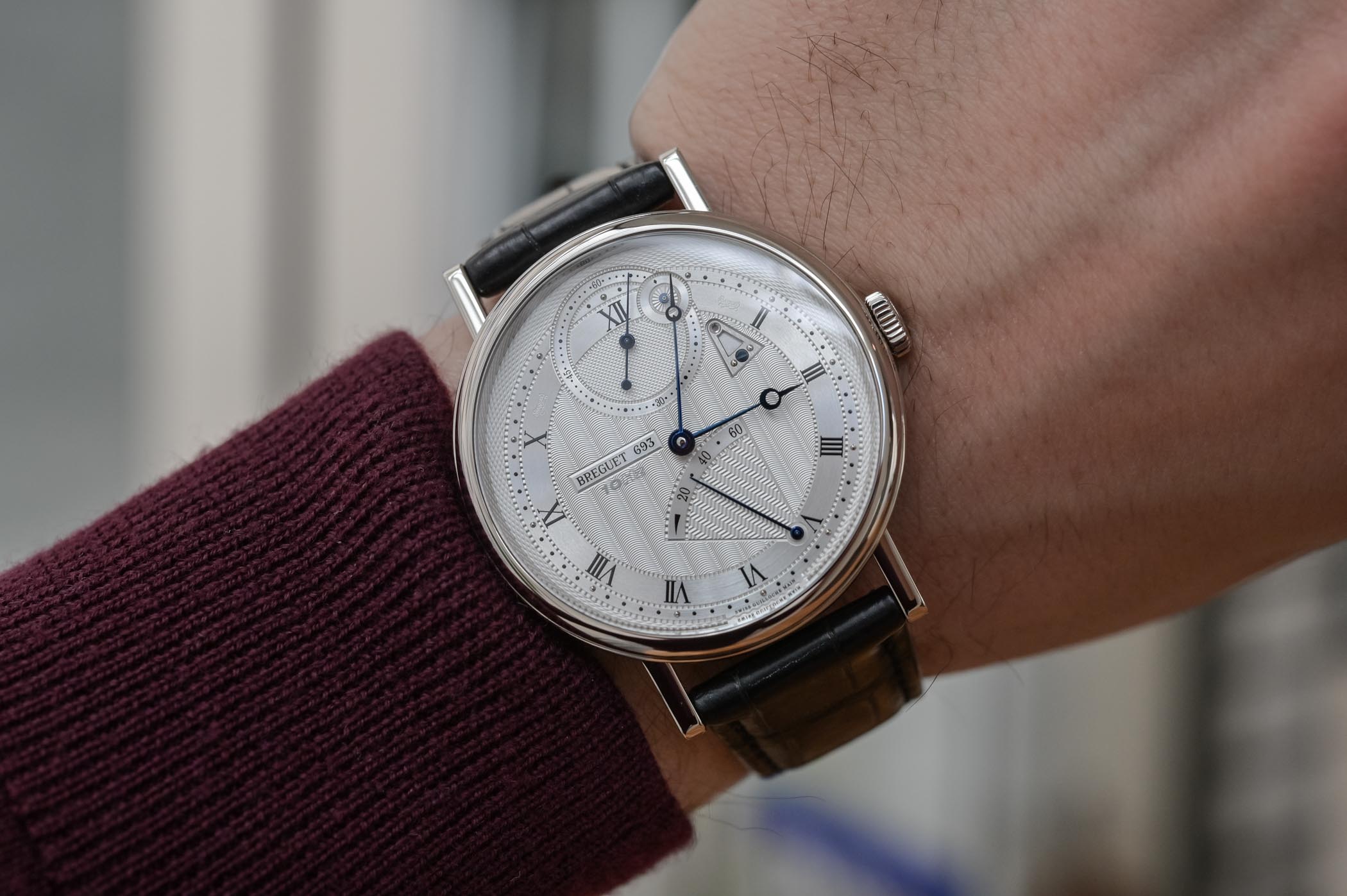



1 response
Truly beautiful (one of the very best on the market?) and innovative. But… too big for a dress watch (like many Breguets) and the absolute killer: the 10Htz logo – hideous.